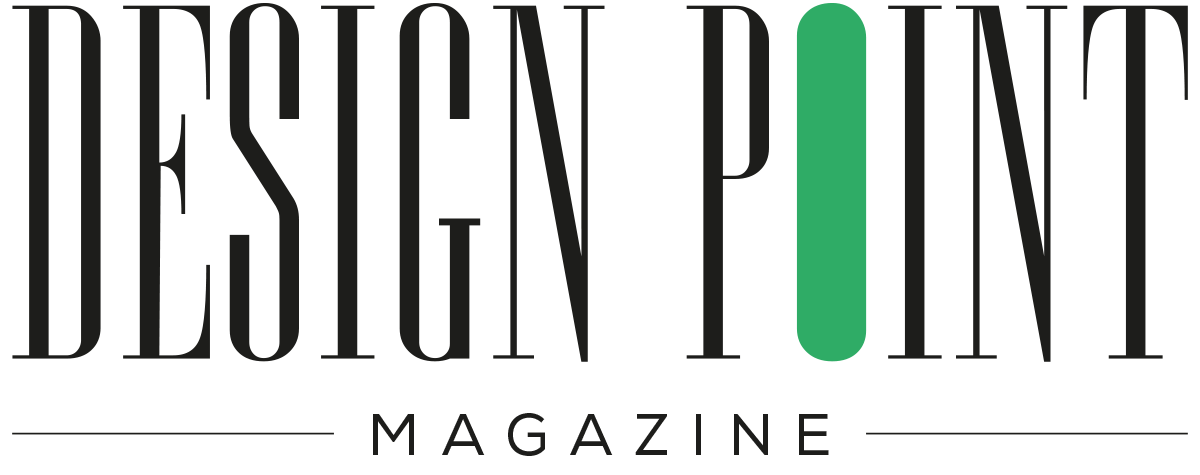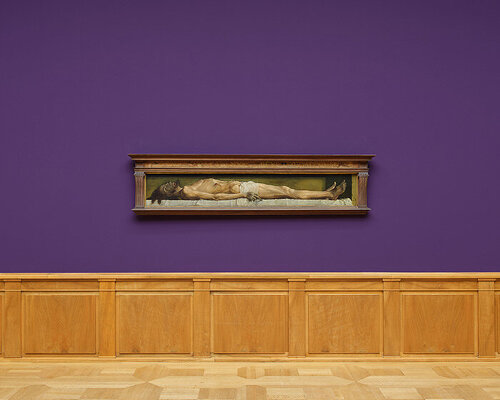the Oldest public art collection is at Kunstmuseum Basel
Kunstmuseum Basel is inviting visitors to experience its unparalleled holdings spanning seven centuries of artistic production. Founded in 1661 as the world’s oldest public art collection, the museum today houses over 4,000 paintings, sculptures, videos, and installations, alongside some 300,000 drawings and prints in the Kupferstichkabinett. Highlights include masterpieces by Hans Holbein the Younger, Konrad Witz, Claude Monet, Vincent van Gogh, Sophie Taeuber-Arp, Alberto Giacometti, Helen Frankenthaler, Andy Warhol, Pamela Rosenkranz, and many more. Its curated presentations guide audiences through the Old Masters, the 19th century, Classical Modernism, art after 1950, and contemporary practice across the museum’s three buildings.
(above) Hans Holbein d. J.,’The Dead Christ in the Tomb’, 1521 – 1522, Kunstmuseum Basel, Photo: Max Ehrengruber
(banner) Auguste Rodin, ’The Burghers of Calais’, 1884–1889, Cast 1942/43, Kunstmuseum Basel, Photo: Martin P. Bühler | all images courtesy of Kunstmuseum Basel
over 4’000 paintings, sculptures, videos and installations
The earliest works in the collection date from around 1400, with standout pieces by Konrad Witz, who was active in Basel between 1434 and ca. 1445. The museum holds the single largest ensemble of his paintings in existence, including panels of the Heilsspiegel Altarpiece. Equally striking is the Kunstmuseum’s unrivaled collection of works from Hans Holbein the Younger’s Basel period, among them The Dead Christ in the Tomb (1521–22), the artist’s family portrait, the Passion Altarpiece, and his organ shutter designs for Basel Minster.
On the Hauptbau’s first floor, facing St. Alban-Graben, the galleries focus on the ‘long nineteenth century.’ Here, visitors encounter Swiss masters such as Henry Fuseli, Caspar Wolf, Arnold Böcklin, Albert Anker, and Ferdinand Hodler. French painting bridges tradition and modernism with Camille Corot and Gustave Courbet, while Impressionism emerges in works by Camille Pissarro, Paul Cézanne, Auguste Renoir, and Claude Monet, including Die Steilküste von Aval mit Felsentor und Felsnadel (1884). The presentation culminates in masterworks by Vincent van Gogh, including his Selbstbildnis mit japanischem Holzschnitt (1887), as well as pieces by Paul Gauguin and Edgar Degas.
Vivian Suter, ’Untitled’, 2023, Donation by Maja Oeri in honor of Josef Helfenstein, Photo: Max Ehrengruber
the museum’s collections span from seven centuries
The museum’s second floor reveals highlights of classical modernism, beginning with Fauvism and Cubism and extending into Expressionism, Surrealism, and Constructivism. Among its treasures are Oskar Kokoschka’s Bride of the Wind and Franz Marc’s Animal Destinies, along with Sophie Taeuber-Arp’s Équilibre (1934). The Steinsaal offers a dedicated space for the sculpture of Alberto Giacometti, immersing visitors in the Swiss artist’s singular vision.
In the 1950s, Kunstmuseum Basel established itself as a progressive institution for contemporary art. A pivotal donation from the Schweizerische National-Versicherungs-Gesellschaft enabled the acquisition of four works of Abstract Expressionism, cementing the museum’s reputation. The collection now includes icons such as Helen Frankenthaler’s Riverhead (1963) and Andy Warhol’s Ginger Rogers (1962). These acquisitions laid the foundation for one of Europe’s most forward-looking contemporary art holdings.
Louise Lawler,’(Bunny) Sculpture and Painting (adjusted to fit, distorted for the times)’, 2022/2024, Kunstmuseum Basel, Courtesy the artist and Sprüth Magers; Frank Stella, ’Damascus Gate. Variation I’, 1969–1970, Kunstmuseum Basel, Acquisition © 2025, ProLitteris, Zurich; Louise Lawler, ’ Three Flags (swiped and taken) (adjusted to fit) (mirrored or flipped) Cease Fire’, 2022/2024, Courtesy the artist and Sprüth Magers; | image © Max Ehrengruber
At Kunstmuseum Basel | Gegenwart, the focus shifts to works from the last four decades, drawn from the Öffentliche Kunstsammlung Basel and the Emanuel Hoffmann Foundation. Thematic displays engage with pressing issues of today, from Vulnerability and Identity to Digital Culture, Nature, and Global Contexts. Notably, the collection has recently been enriched by Pamela Rosenkranz’s Skin Pool (Plasmin) (2025), acquired with the support of the Burger Collection, Hong Kong, and the TOY family in memory of Yves.
The Kunstmuseum’s architecture is itself part of the story. The Hauptbau, completed in 1936 by Rudolf Christ and Paul Bonatz, exemplifies conservative modernism. The Neubau, designed by Christ & Gantenbein, opened in 2016 opposite the Hauptbau and connects to it underground, expanding the institution’s footprint. Meanwhile, Kunstmuseum Basel | Gegenwart, inaugurated in 1980, provides a dedicated home for contemporary holdings.
Renée Levi,’Mira ’, 2025, Kunstmuseum Basel, gift by the artist © 2025, ProLitteris, Zurich; Photo: Max Ehrengruber
The Hauptbau, completed in 1936 by the architects Rudolf Christ and Paul Bonatz | image © Raphaela Graf
Pamela Rosenkranz, ’Skin Pool (Plasmin)’, 2025, Kunstmuseum Basel, Acquired in 2025, with the support of the Burger Collection, Hong Kong, and the TOY family, in memory of Yves
Helen Frankenthaler, ’Riverhead’, 1963, Kunstmuseum Basel, Donation by Helen Frankenthaler Foundation © 2025, ProLitteris, Zurich, Photo: Max Ehrengruber
Claude Monet,’The Rock Needle and the Porte d’Aval’, 1884, Kunstmuseum Basel, on deposit from the Dr. h.c. Emile Dreyfus Foundation, Photo: Martin P. Bühler
Exterior view of the Kunstmuseum Basel | Neubau, 2022, Photo: Mark Niedermann
Vincent van Gogh, ’Self-Portrait with a Japanese Print’, 1887, on deposit from the Dr. h.c. Emile Dreyfus Foundation, Photo: Martin P. Bühler
project info:
name: Kunstmuseum Basel
location: Basel, Switzerland
The post kunstmuseum basel invites audiences to discover 700 years of art from over 4,000 works appeared first on designboom | architecture & design magazine.

